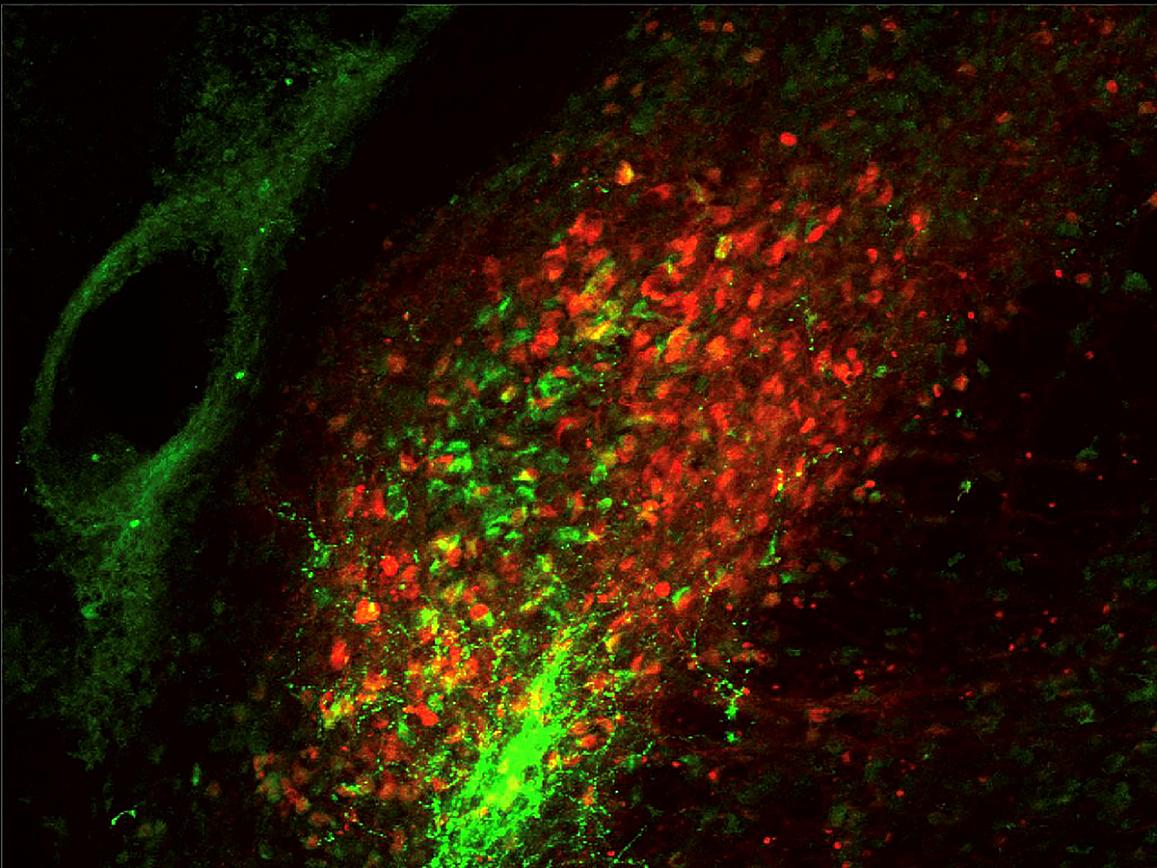Study explains behavioral reaction to painful experiences
Exposure to uncomfortable sensations elicits a wide range of appropriate and quick reactions, from reflexive withdrawal to more complex feelings and behaviors. To better understand the body’s innate response to harmful activity, researchers at the National Center for Complementary and Integrative Health (NCCIH), part of the National Institutes of Health, have identified activity in the brain that governs these reactions. Using heat as the source of discomfort, experiments conducted by the center’s intramural program showed that bodily responses to pain are controlled by a neural pathway involving heightened activity in the spinal cord and two parts of the brainstem. Results of the study were published in the journal Neuron.
“Much is known about local spinal cord circuits for simple reflexive responses, but the mechanisms underlying more complex behaviors remain poorly understood,” said Alexander T. Chesler, Ph.D., a Stadtman Investigator at NCCIH and senior author of the study. “We set out to describe the brain pathway that controls motor responses and involuntary behaviors when the body is faced with painful experiences.”

Two different groups of parabrachial neurons, one expressing calcitonin gene-related peptide (green) and the other expressing substance P (red).
This page was last updated on Friday, January 21, 2022